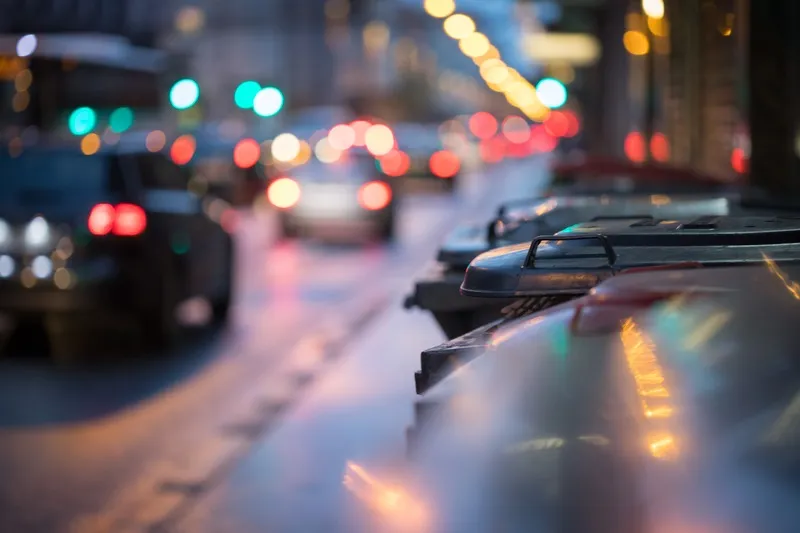Telensa’s wireless street lighting control system is now fully operational across the Essex in the UK, connecting 125,000 street lights to what is believed to be the world’s largest wireless street lighting central management system (CMS), delivering instant fault detection, improved maintenance, lower carbon emissions and significant energy savings.
May 7, 2014
Read time: 1 min
Essex County Council expects to reduce the energy cost of street lighting by around US$2.2 million per annum and to cut carbon emissions by over 8,000 tons each year.









